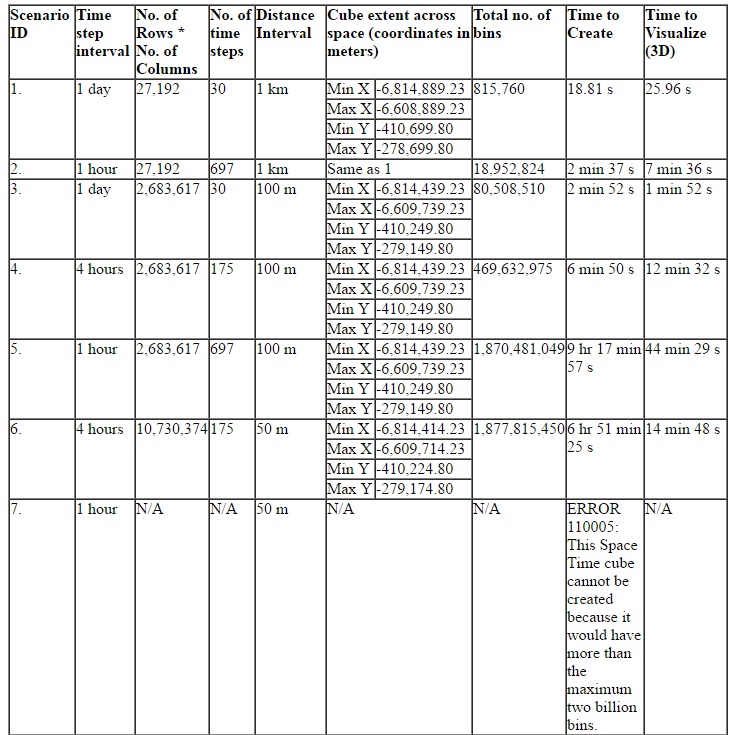The AAG Political Geography Specialty Group is pleased to announce that the 30th Annual Preconference will be held at Harvard University on Tuesday, April 4, 2017, hosted and supported by the Center for Geographic Analysis, the Institute for Quantitative Social Science, and the Department of Government.
Date: Tuesday, April 4, 2017 [Please note that the AAG main conference begins on a Wednesday this year]
Time: Sessions will run from approximately 8 am – 5 pm
Location: CGIS South Building, 1730 Cambridge Street, Cambridge, MA 02138 [see here]
Paper presenters: Paper titles and abstracts of 250 words or less are due February 1, 2017. Please submit them with PAPER ABSTRACT SUBMISSION in the subject line to: aag.pgsg@gmail.com
Poster presenters: For the first time, PGSG is welcoming poster proposals. Preconference participants may only present in one medium (paper or poster, but not both). Poster titles and abstracts of 250 words or less are due February 1, 2017. Please submit them with POSTER ABSTRACT SUBMISSION in the subject line to: aag.pgsg@gmail.com
Registration: As with our past pre-conferences, there will be a nominal $20 registration fee for faculty only. Faculty, please bring cash or checks on the day of the event.
Evening events: In addition to the annual group dinner after the preconference, PGSG will coordinate a social hour on Monday night for early arrivals. More details to follow.
Lodging & transportation: The Harvard campus is easily accessible from the AAG venues in Boston via the MBTA’s Red Line. We suggest preconference attendees choose the same lodging they would for the main conference, but for those who would like more information about housing in the Cambridge area, click here.
AAG scheduling: Should you have any concerns about the scheduling of your main conference presentation, coordinate with your session organizers and AAG administrators.
PSGG organizers: Natalie Koch (nkoch@maxwell.syr.edu), Kenneth Madsen (madsen.34@osu.edu)
Inquiries: Please do not contact local hosts. All inquiries should be directed to the PGSG organizers individually or at: aag.pgsg@gmail.com
Updates will be posted regularly on the PGSG website at: http://www.politicalgeography.org/pre-conference/
no links
no file attachments

